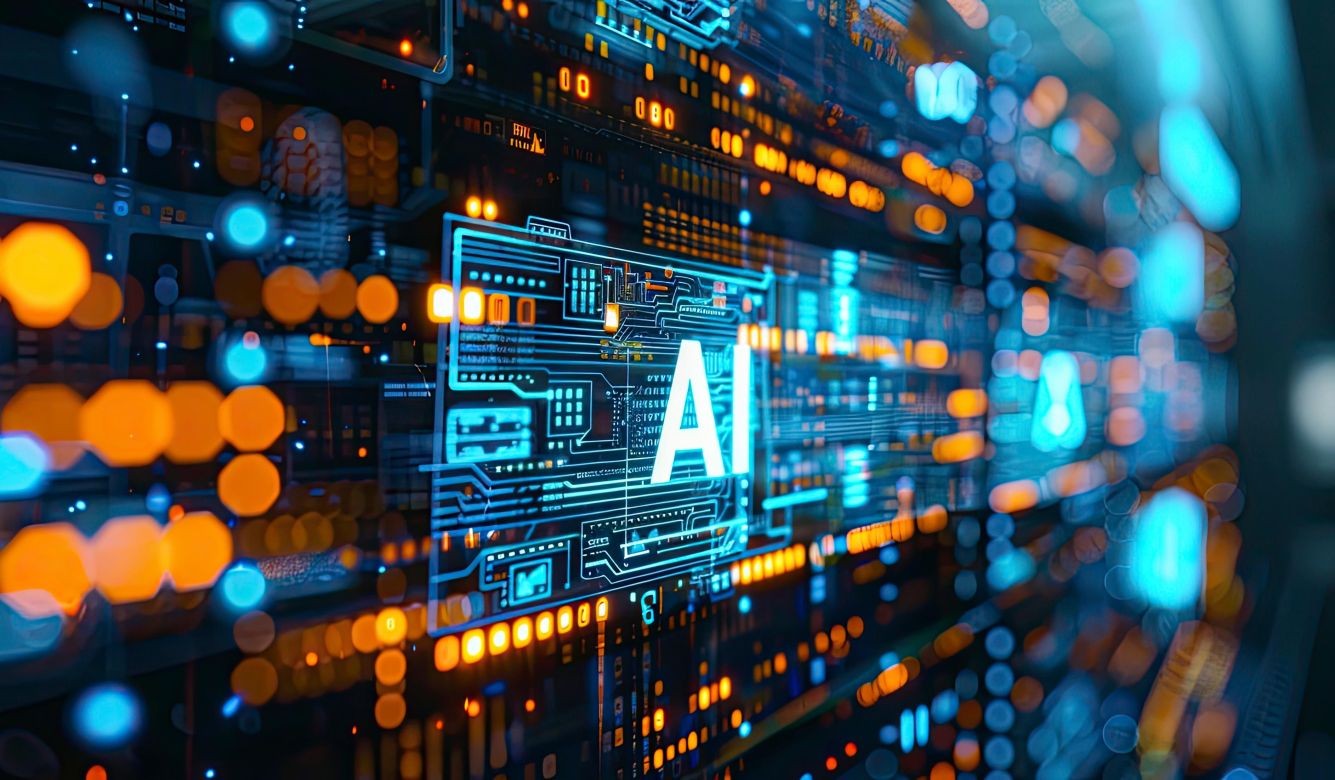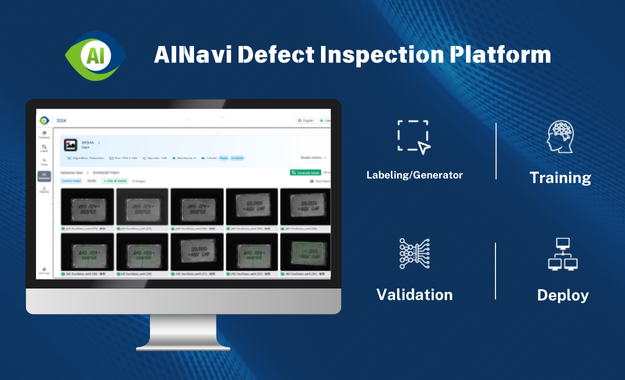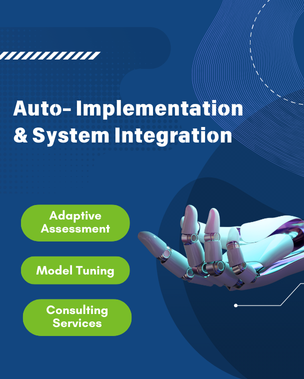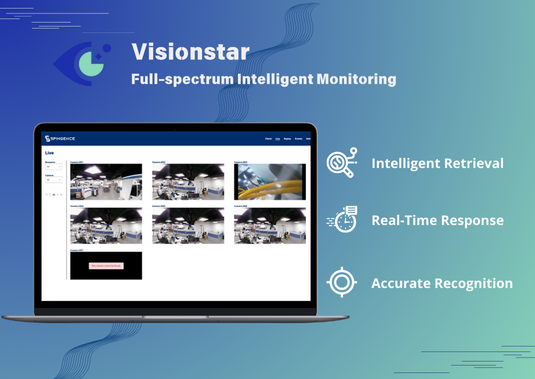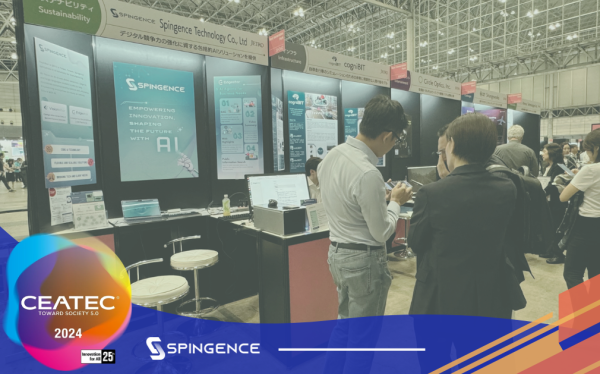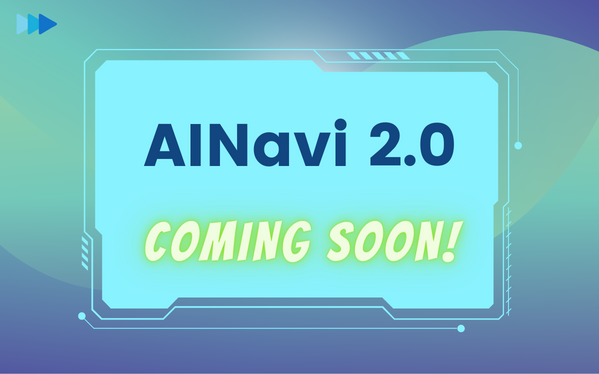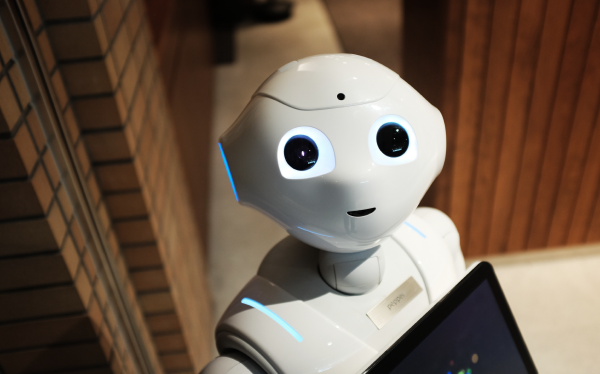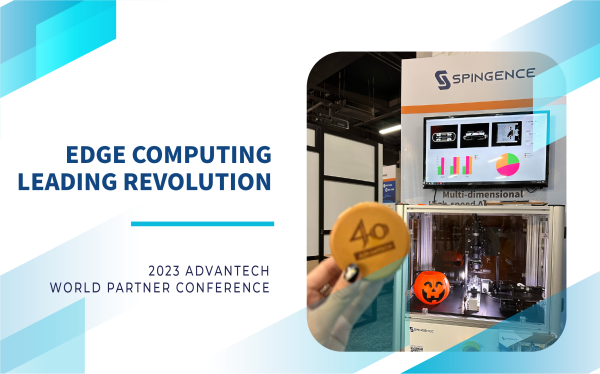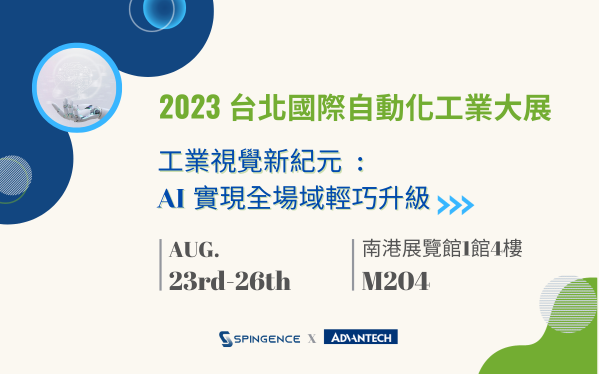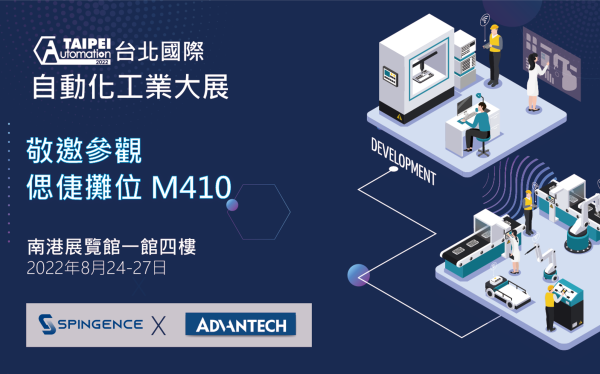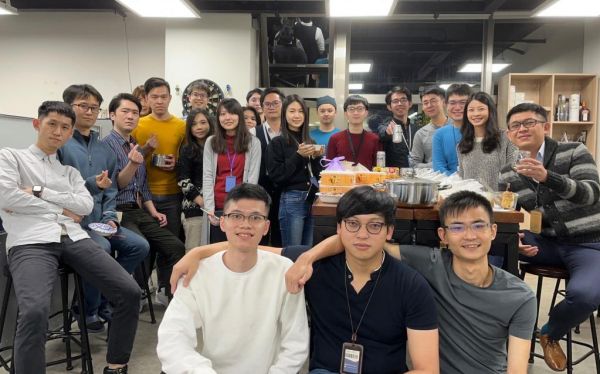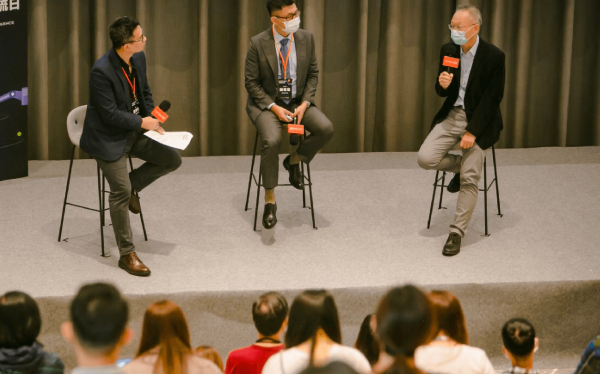PROFESSIONALFIELD
Driven by AI innovation, shaping a smarter future.
Spingence focuses on AI-driven intelligent solutions, offering defect detection and automation integration solutions, as well as large language models and intelligent monitoring systems that leverage edge computing. We help businesses achieve efficient quality control, model application expansion, and real-time anomaly detection, driving the implementation of smart technologies across diverse scenarios.
Leading the Future with AI Solutions
Spingence specializes in cutting-edge AI solutions, offering advanced defect detection systems and edge computing platforms. We are dedicated to enabling intelligent applications and realizing smart innovations.
Founded in 2015, Spingence specializes in AI-driven intelligent solutions, including the AINavi defect detection system and edge computing platforms Edgestar and Visionstar.
Our technology helps enterprises maximize digital assets, enhancing productivity, operational efficiency, and decision accuracy.
Through our flexible, scalable platforms, Spingence supports diverse industry needs and various application scenarios.
By closely aligning with client demands and exploring emerging technologies, we drive the implementation of smart applications, bringing the benefits of technology seamlessly into daily life.

Innovate Beyond Boundaries

Founded in 2015, Spingence specializes in AI-driven intelligent solutions, including the AINavi defect detection system and edge computing platforms Edgestar and Visionstar.
Our technology helps enterprises maximize digital assets, enhancing productivity, operational efficiency, and decision accuracy.
Through our flexible, scalable platforms, Spingence supports diverse industry needs and various application scenarios.
By closely aligning with client demands and exploring emerging technologies, we drive the implementation of smart applications, bringing the benefits of technology seamlessly into daily life.




